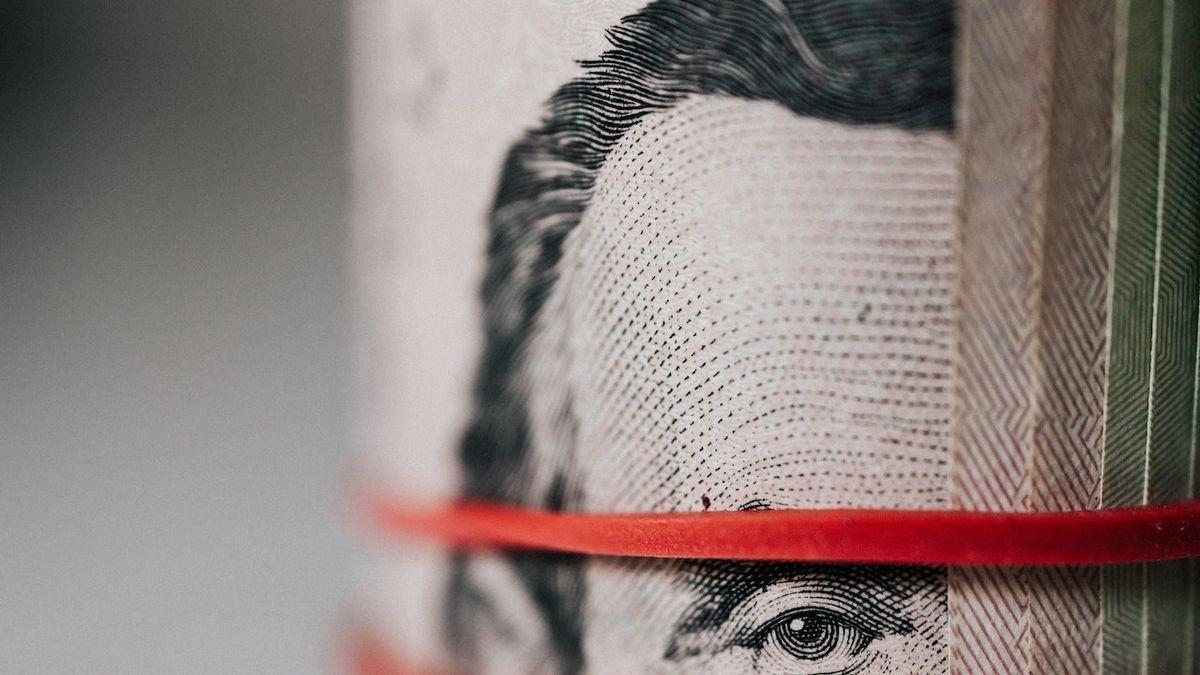Of the eight exchange days, the currency rose in five, in a context of weakening at the international level and strengthening of emerging currencies.
The first 15 days of April they had only eight exchange days, since among them was the Tourism Week, with holidays –without currency purchase and sale operations– on Thursday 6 and Friday 7. In the first half of the month, in any case, the dollar did not register a trend clear, showed intermittent ups and downs and was left, at the close of this Friday, with a cumulative increase of 0.78%.
The content you want to access is exclusive to subscribers.
Now, with the slight increase in April, it remained in the 38,949 pesosaccording to the official price of the Central Bank of Uruguay (BCU). The US currency came from a fall of 0.63% in March which, added to the collapse of 3.25% in January, left values at historically low levels.


From there, April began with a weekend and at 38,648 pesos. Of the eight exchange days, five were up and three down. The first –and short– week was left with a positive balance of just 0.13%, while in the second, another of the 0.65%
Even so, the North American currency does not manage to return to the strip of 39 pesosand much less to the average value or the peaks that it reached in 2022. To return to the value with which the year began –40,071 pesos–, it would have to suffer an increase of 2.88%.
In the meantime, the exchange rate suffered another impact, when the news of inflation in the United States was released last Wednesday. who showed restraint to the 5% year-on-year.
How does the moderation of US inflation affect the dollar in Uruguay?
The US CPI data and its correlation with the expectations of a possible pause in the increases in the interest rate of the Federal Reserve (Fed)generate a dollar weakening against other currencies and drives a drop in the exchange rate in Uruguay.
The latest inflationary data is known precisely at a time when the continuity of the restrictive policy of the US organization.
After the last increase of 0.25 points in the rates on March 22, the Federal Reserve announced that the reference rate will be around 5.1% towards the end of this yearthat is, 10 basis points above the current value.
Thus, expectations regarding a probable pause by the Fed after a possible final adjustment in May is producing a general weakening of the dollar internationally which, in turn, accentuates the strengthening of emerging currenciesAs the Uruguayan Pesoor as the case of Brazil where the exchange rate fell to 4.96 reais.
Source: Ambito




